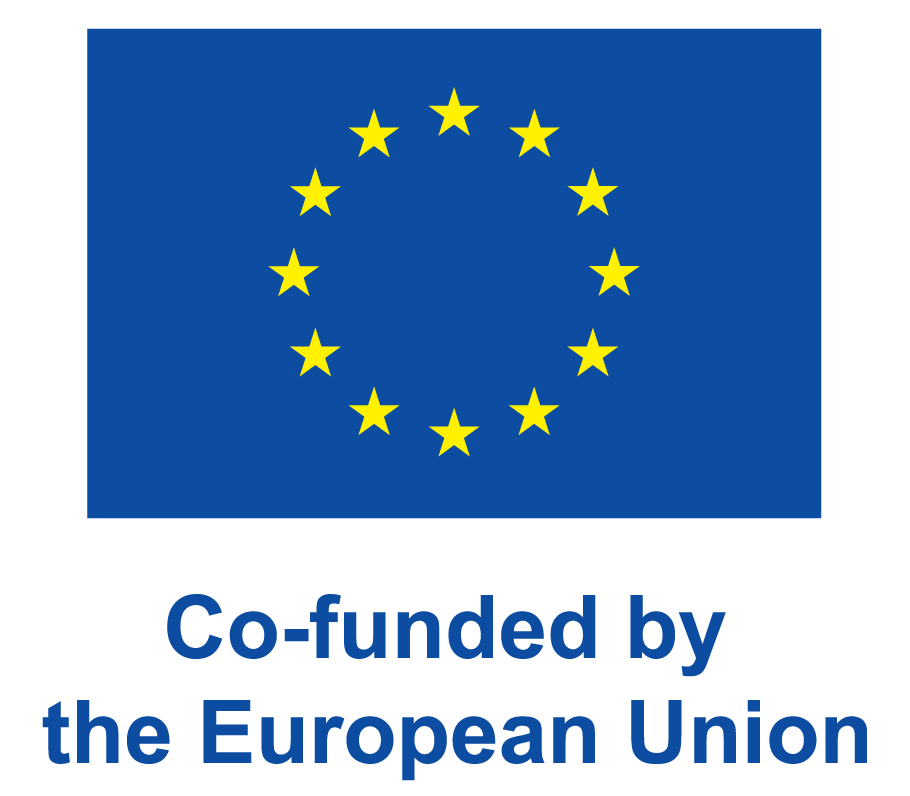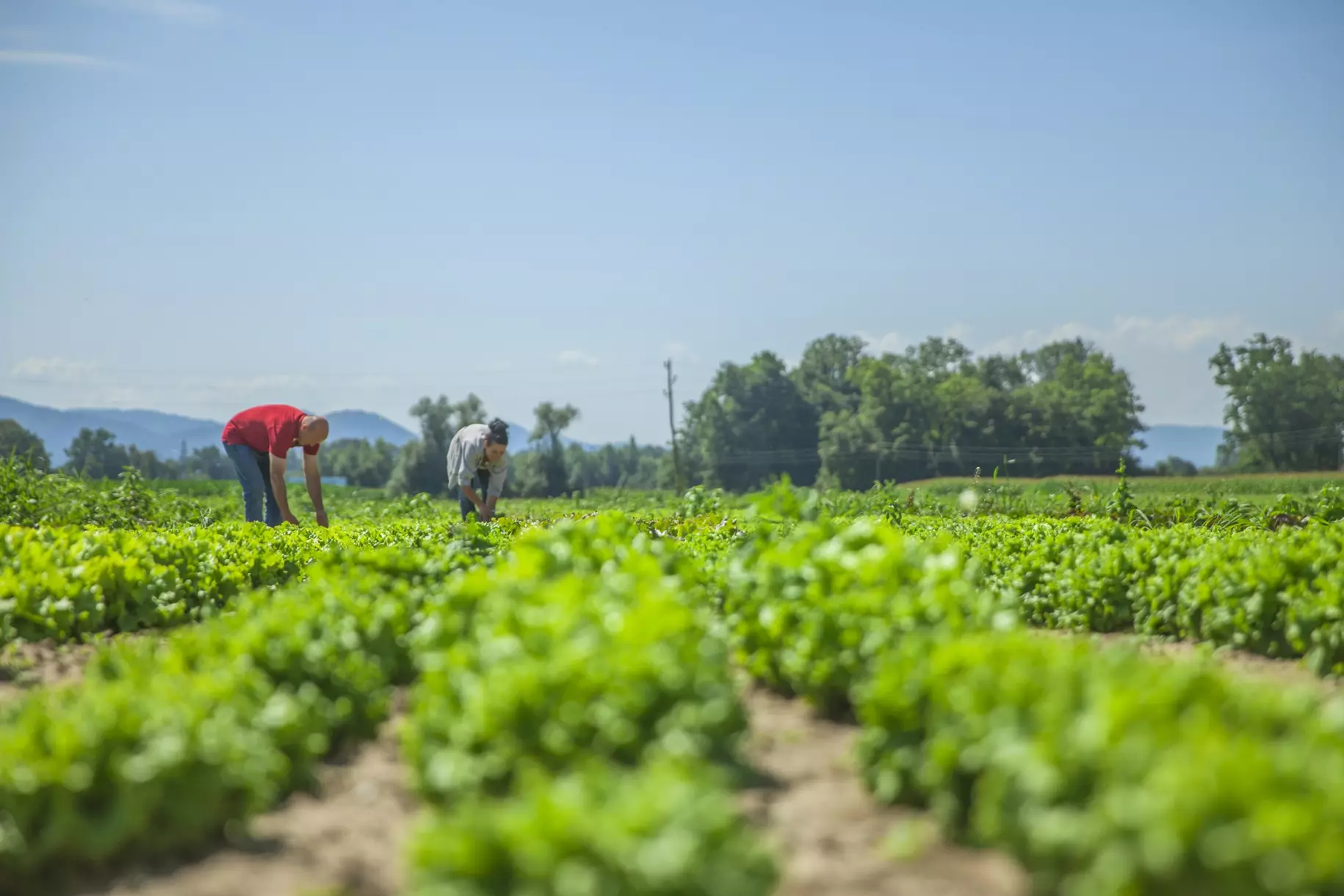The CAP framework offers multiple opportunities to support rural areas in creative ways beyond agricultural activities. It funds, among other things, investments in non-farming activities and infrastructures, cooperation activities, via LEADER notably, and the setting-up of new rural businesses. Close to €25 billion, corresponding to 8% of the total Common Agricultural Policy (CAP) allocations from 2023 to 2027, will directly contribute to the development of rural areas and communities. These are some of the conclusions of the study published today by the European Commission on the contribution of CAP Strategic Plans to the objectives of the long-term vision for the EU’s rural areas.
EU’s rural areas cover 83% of the EU territory and are home to 30% of the EU population. In 2021, the European Commission presented its Long-term vision for the EU’s rural areas, identifying the challenges and concerns that they are facing as well as the many opportunities available to them. In addition to the CAP Strategic Plans and the Operational Programmes under the CPR, the vision relies for its implementation on two pillars that complement each other: the Rural Action Plan and the Rural Pact. The Action Plan puts forward four areas of action for the European Commission to prompt stronger, connected, resilient and prosperous EU rural areas. The Rural Pact is a framework for cooperation among authorities and stakeholders willing to act for rural development at the European, national, regional and local level.
The study published today screened how Member States have chosen to implement their CAP Strategic Plans in view of the objectives set out in the Rural vision, in particular its four areas of action. While recognising that the whole CAP is relevant for rural areas, the study focuses on how CAP Strategic Plans support rural areas beyond farming and forestry.
The CAP framework offers multiple opportunities to support rural areas in creative ways beyond agricultural activities. Several Member States take advantage of these opportunities to support social services, natural parks, renewable energy production, rural mobility systems or business creation in other sectors than farming. Most countries focus on a limited number of interventions to provide this support with a focus on cooperation (in particular LEADER and smart villages), funded up to almost €11 billion, investments amounting to around €15 billion) and installation aid for rural startups worth around €63 million). Support to develop knowledge and training is also a regular feature.
The most relevant cooperation action, LEADER, which will receive €7.7 billion over 5 years, is a 'bottom up' approach, in which rural businesses, local organisations, public authorities and individuals from different sectors come together to form local action groups. The CAP is the only EU policy ring-fencing funding for LEADER with a minimum allocation of 5% of the European Fund for Rural Development (EAFRD), sometimes increased to 15% in some EU countries. Actions supported under LEADER, which are expected to benefit 65% of the rural population, will depend on the on-going selection of local development strategies proposed by the 2 600 local action groups expected to be set-up.
Nineteen Member States have taken up in their CAP Strategic Plans the new concept of smart villages developed since 2017 and included for the first time in the CAP framework for 2023-2027. Supported mostly under LEADER and other forms of cooperation, smart villages will be a key instrument to support user-centred rural innovation and digitalisation.
CAP Strategic Plans are also used to increase resilience to environment and climate change. For example, eleven Member States will support investments in renewable energy production through solar panels. The study also considered support to farming where it is most relevant to support the objectives of the rural vision. This includes for example supporting the greening of agriculture and forestry, or maintaining activities in areas facing natural constraints, which are important for resilient rural areas, or support to generation renewal and income diversification under prosperous rural areas.
Ten Member States will use CAP support to fostersocial inclusion through interventions promoting the involvement of people with disabilities and other people at risk of poverty and social exclusion.
The study concludes that the CAP allows to support a wide range of objectives but that several needs seem to be addressed to a limited extent in the CAP Strategic Plans, in particular when it comes to social services and infrastructures, broadband, mobility, energy or support to knowledge, innovation and business development in other sectors that farming and forestry. Member States have stated in their CAP Strategic Plans that they will use other funds to address some of these needs, in particular the Resilience and Recovery Fund (27 Member States), the Cohesion policy funds (22 Member States) and other programmes such as Horizon Europe and LIFE for targeted actions.
The study on the contribution of CAP Strategic Plans to the objectives of the long-term vision for the EU’s rural areas will be presented during the High-level Rural Policy Forum on “Shaping the future of rural areas” taking place from 27 to 29 September in Spain. There will be also a parallel presentation about how the cohesion policy contributes to the rural vision. The High-level Rural Policy Forum is organised by the Spanish presidency of the Council of the European Union and the European Commission with the Rural Pact Support Office. The Forum will gather 200 participants, targeting primarily policy makers and public authorities at EU and national levels from all 27 Member States involved in the management of EU funds, covering notably EU common agricultural and cohesion policies.



